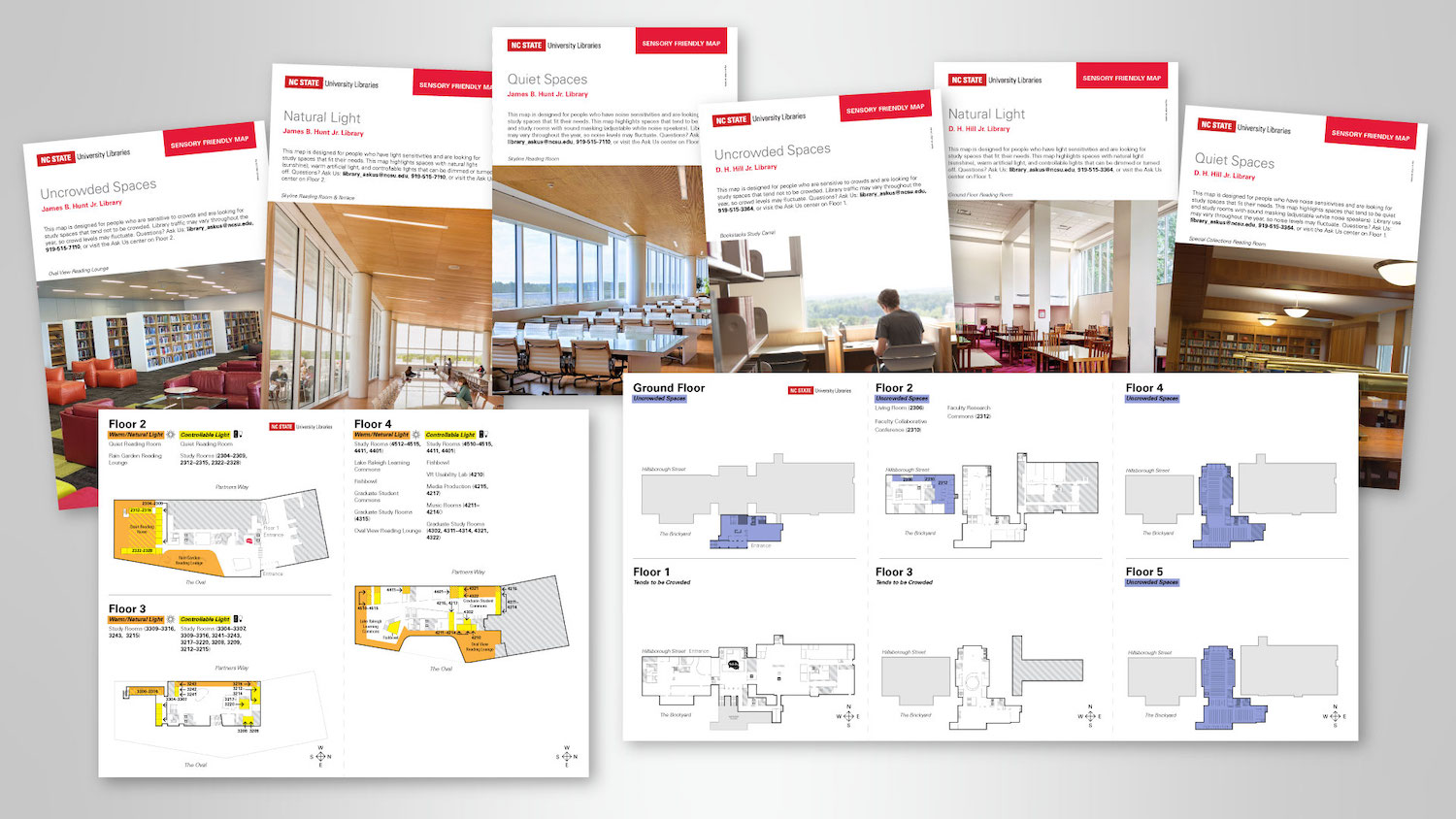Design
The need for increased accessibility is an ever-growing priority, as is understanding the scope and nuance of the concept. At North Carolina State University (NC State) Libraries, Raleigh, staff from a range of functional areas are working together to address and increase accessibility in their physical spaces, collections, and offerings. In May 2021 they formed an Accessibility Committee to coordinate and implement practices and changes throughout the system.
Libraries are a key element in community ecosystems. Now imagine a library that actually is an environmental ecosystem of its own. The furthest reaching green building certification uses the metaphor of the flower—thriving within a given habitat by pulling nutrients from the soil, using sunlight for photosynthesis, and depending on the sky for rain—to describe the requirements for its green building program. Each element of the certification is called a petal, and each represents a major part of the ecosystem: energy, water, and materials. The International Living Future Institute administers the Living Building Challenge.
Human-centered design, a highly creative approach to problem solving, is gaining popularity in libraries as they plan for what lies ahead. Also known as design thinking, it focuses on defining and then resolving concerns by paying attention to the needs, aspirations, and wishes of people—in the case of libraries, not only a library’s patrons but its staff, administration, and members of the community who may not be library customers…yet.
4 articles
ALREADY A SUBSCRIBER? LOG IN
We are currently offering this content for free. Sign up now to activate your personal profile, where you can save articles for future viewing




